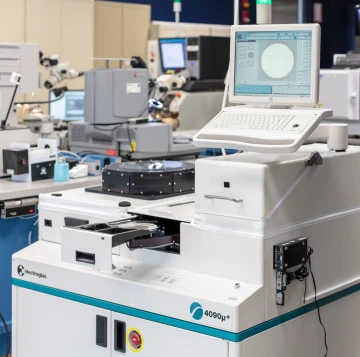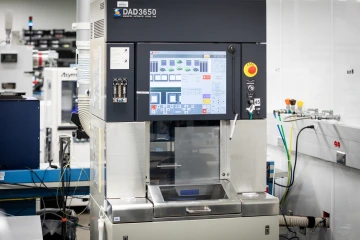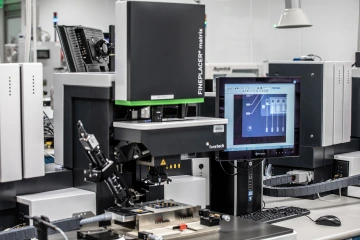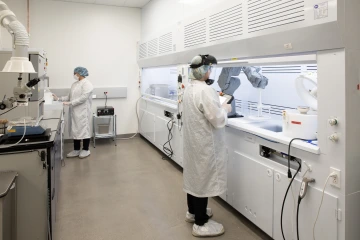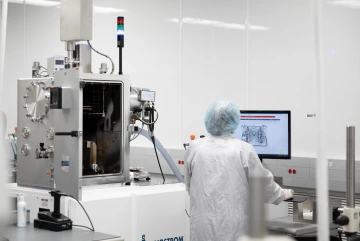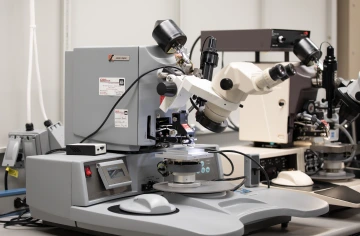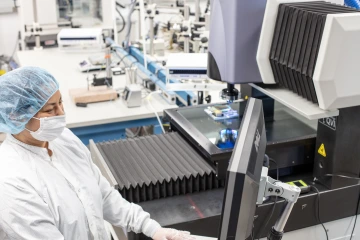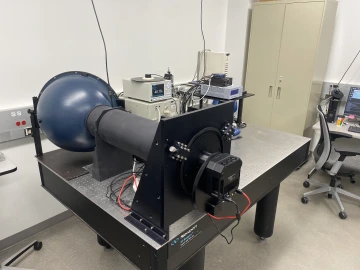ITL's processes and capabilities have developed from our original mission to optimize imaging sensors for backside illumination in order to improve their quantum efficiency and spectral response range. Those processing requirements have developed into capabilities which can now be applied to a wide variety of semiconductor devices, some of which we describe below.


